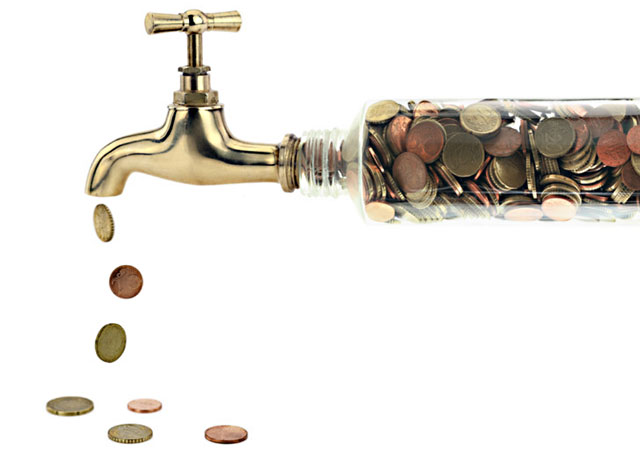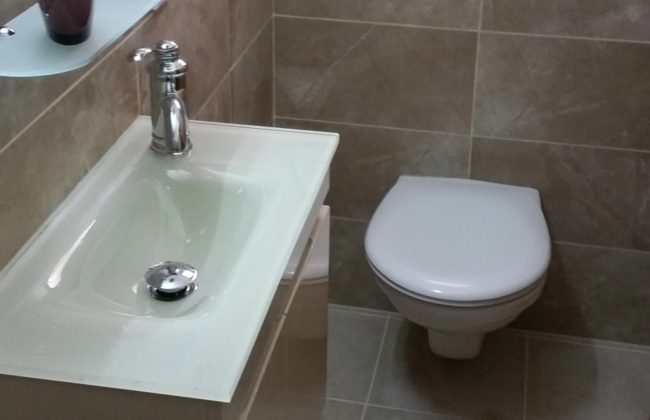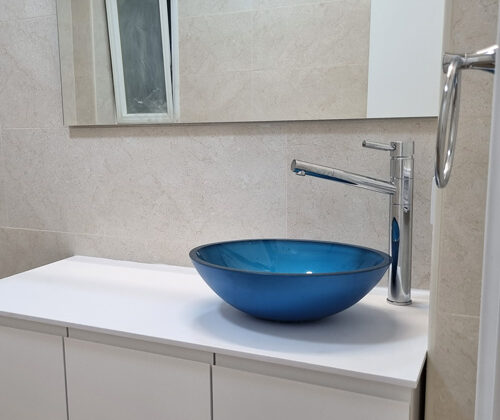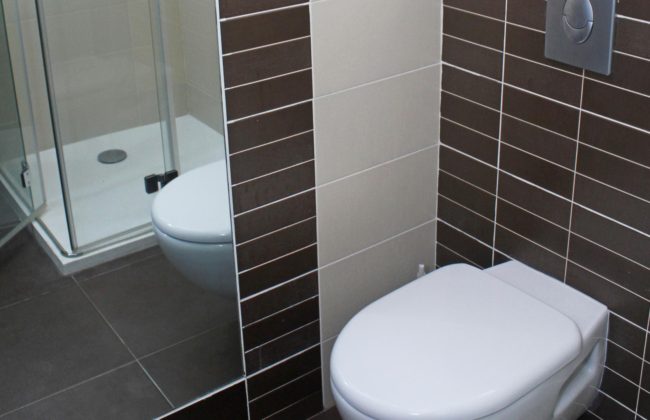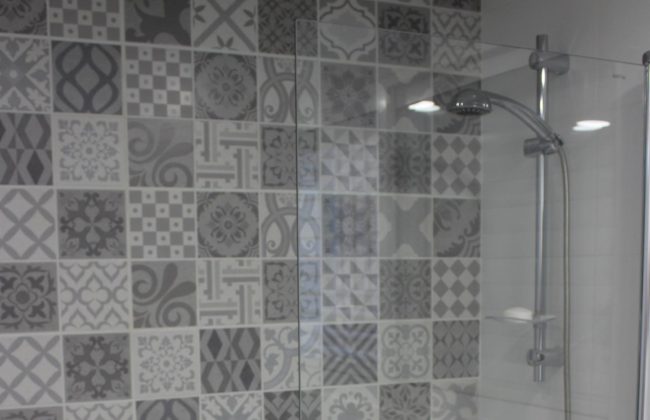We get a lot of calls from clients complaining of high water bills they have received from the water company on a specific month or over several months.
We would like to suggest a few checks you can do yourselves in order to try to determine where the problem might be.
Your water bill should have a graph of the number of cubic meters of water you have used over the past twelve months. It is worth looking to see your water usage patterns during the year. For example, if you have a garden, you are likely to be using more water to irrigate during the summer months, which would explain a higher water bill during that period. It is worth checking with your gardener or on your irrigation computer, that the garden is not being over watered, causing unnecessarily high water bills. In some cases, you might have a leak on one of your irrigation pipes. This water might only be going to waste when your system is turned on and because it is probably set to come on during the night, you may not notice it leaking. The signs to look for are extra wet patches in the garden or extra green, well grown grass in relation to the rest of the garden.
If your water bill has suddenly jumped to very high amounts, you might have a leak and there are several checks you can do.
Your water meter is located outside of your house/apartment. In the case of a house, it will be somewhere on the street, In the case of an apartment, it will either be in the parking lot, by the entrance to the building or on your floor in the hallway inside a closet.
Firstly, make sure that nobody is using the water in the house. Check the red dial in the centre of your meter for approximately two minutes to see if there is any movement. If there is, it is an indication you might have a leak somewhere. If the dial is spinning around fast, you are likely to have a more serious leak, possibly on a main pipe leading to your house or to your garden. If the dial is spinning around slowly, you probably have a small leak somewhere. The first place to check is the toilets to see if there is water leaking from the cistern into the toilet.
Check all the toilets in the house for hissing sounds from the tank, leaks or rippling into the toilet bowl. The simple test you can do is to place a piece of toilet paper in to the back of the toilet bowl to see if it gets wet. If it does, you might need washers or mechanism parts replaced in your tank.
If you have a manifold (chanukiya) water system with PVC pipes, you can check the connections on the manifolds for leaks either on the connections themselves or coming out of the sleeving that the pipes go through. Either way, any kind of wetness around the manifold area, might be as a result of a leak.
You might have a leak on your main feed pipe to the house. You might not be able to detect this if it is buried deep under the floor or ground. If you see wet patches or discoloration on a pathway or floor tiles, this could be your leak location.
You might also have a leak on your boiler or hot water solar panels. It is worth going on to your roof (if it is accessible) to check this. The pressure release valve on the boiler can sometimes leak, so any kind of water or hissing sound might be a sign that it needs to be replaced.
Any kind of wet patch on a ceiling or a wall might also be a sign of leakage.
It might be that there is no movement whatsoever on your water meter. This is the most difficult situation to deal with. It means that you had a one-off leak that cannot be traced now. This could be due to somebody leaving a faucet on by mistake, filling a pool in the summer, a faulty irrigation valve or in some extreme cases, somebody hooking on to your water line and stealing your water (this does not happen very often).
Once you have done all these checks, you should have a better idea as to whether you have a leak or not and if you do, where it could be.
